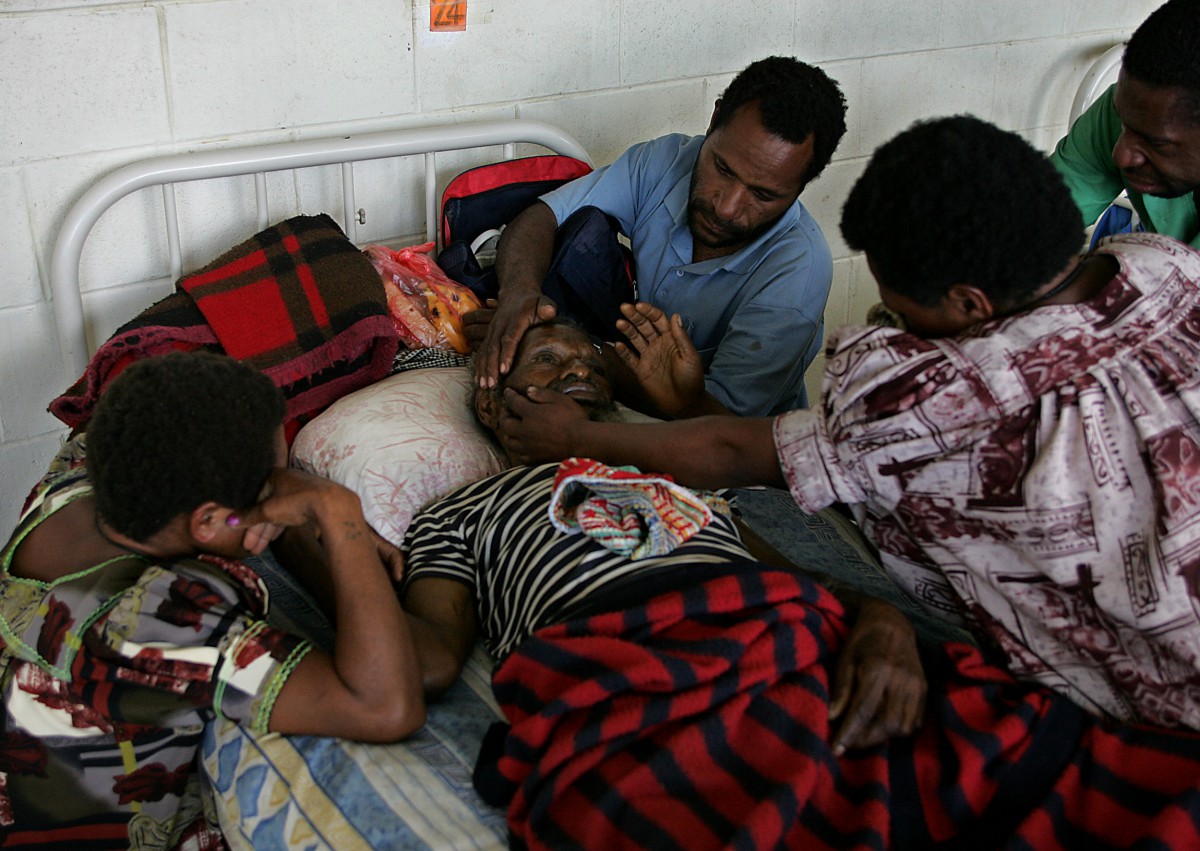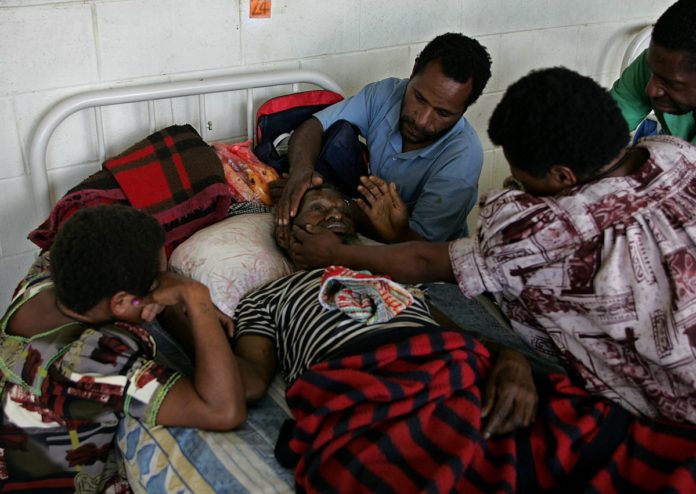WE live in a world today that has made steady progress towards achieving ambitious public health goals, allowing people to live healthier and longer lives.
The evidence? We witnessed the lowest polio case count in history in 2017. Between 2000 and 2015, global malaria deaths fell by 60 percent and mortality caused by HIV and tuberculosis is progressively declining.
However, despite these incredible milestones against several devastating diseases, we are seeing an alarming increase in deaths due to viral hepatitis.
SEE ALSO: Mosquito-borne infectious diseases: Crafting an Asian solution
As we approach World Hepatitis Day on July 28, we must shine attention on the urgent need to scale up testing and treatment to better identify and protect those impacted by the disease.
Hepatitis B and C caused 1.34 million deaths globally in 2015, 21 percent more than the number of deaths due to HIV in the same year. In developing countries, an alarming 90 percent of children below the age of 10 years have been infected with hepatitis A, due to poor sanitary conditions and hygienic practices.
Southeast Asia alone reports 49 million cases annually of hepatitis, demonstrating that this is not a disease solely impacting people on the other side of the world, but within our own borders.
There is some good news. The World Health Organization has a goal of eliminating hepatitis B and C by 2030 and despite the very recent establishment of the first global health strategy in 2016, coverage of the recommended three doses of vaccine has already reached 85 percent globally.

Relatives caress a man’s face as he dies of hepatitis cross infection in the decrepid Tininga AIDS ward of Mount Hagen General Hospital in Papua New Guinea, 16 August 2004. Source: Torsten Blackwood/ AFP
Many pathways exist to further improve and increase hepatitis coverage. We must expand access to top-of-the-line diagnostics and treatments to ensure those who are infected know their health status, and moreover, demonstrate health-seeking behavior towards treatment.
A: Access to Testing
In line with the World Hepatitis Alliance’s campaign – Finding the Missing Millions – we must strive to increase access to hepatitis testing.
Globally, out of the 325 million people who live with hepatitis, as only 9 percent and 20 percent of those infected with hepatitis B and C respectively have been diagnosed.
It is equally alarming that less than 5 percent of diagnosed patients who meet treatment criteria for hepatitis B are receiving antiviral treatment. Successful seroconversion – the time where antibodies develop – for hepatitis B also remains particularly low in children.
B: Be Aware of Who is at Risk
We must recognise that specific populations, such as healthcare workers, migrants, indigenous
populations and people who administer vaccinations, are at greater risk of contracting hepatitis.
These populations require tailored plans of action, including proper infection control practices like the use of personal protective equipment, proper cleansing of infected tools, use of blunt needles for certain
surgical procedures, in healthcare settings.
C: Caring for our Children
Vaccination, one of most effective prevention methods, is a keystone approach to control the spread of
hepatitis. It is crucial we continue our efforts to protect children by ramping up the initial birth dose
vaccination, which remains low at 39 percent.
Whilst Hepatitis A isn’t a standardised immunisation in countries such as Singapore, parents are encouraged to speak with their child’s doctor if their child should be vaccinated.
SEE ALSO: Remote village to metropolis: how globalisation spreads infectious diseases
While eliminating a disease will never be as easy as learning your ABCs, a continued focus on vaccination, as well as improved diagnostics and treatment from both the public and private sector, are
imperative to tackle this urgent public health initiative.
A holistic approach will allow us to reverse the current trend in hepatitis deaths and bring us one step closer to eliminating hepatitis.
This article is by Associate Professor Marion Aw, Senior Consultant at the Division of Paediatric Gastroenterology, Nutrition, Hepatology and Liver Transplantation at the National University Hospital, Singapore.





